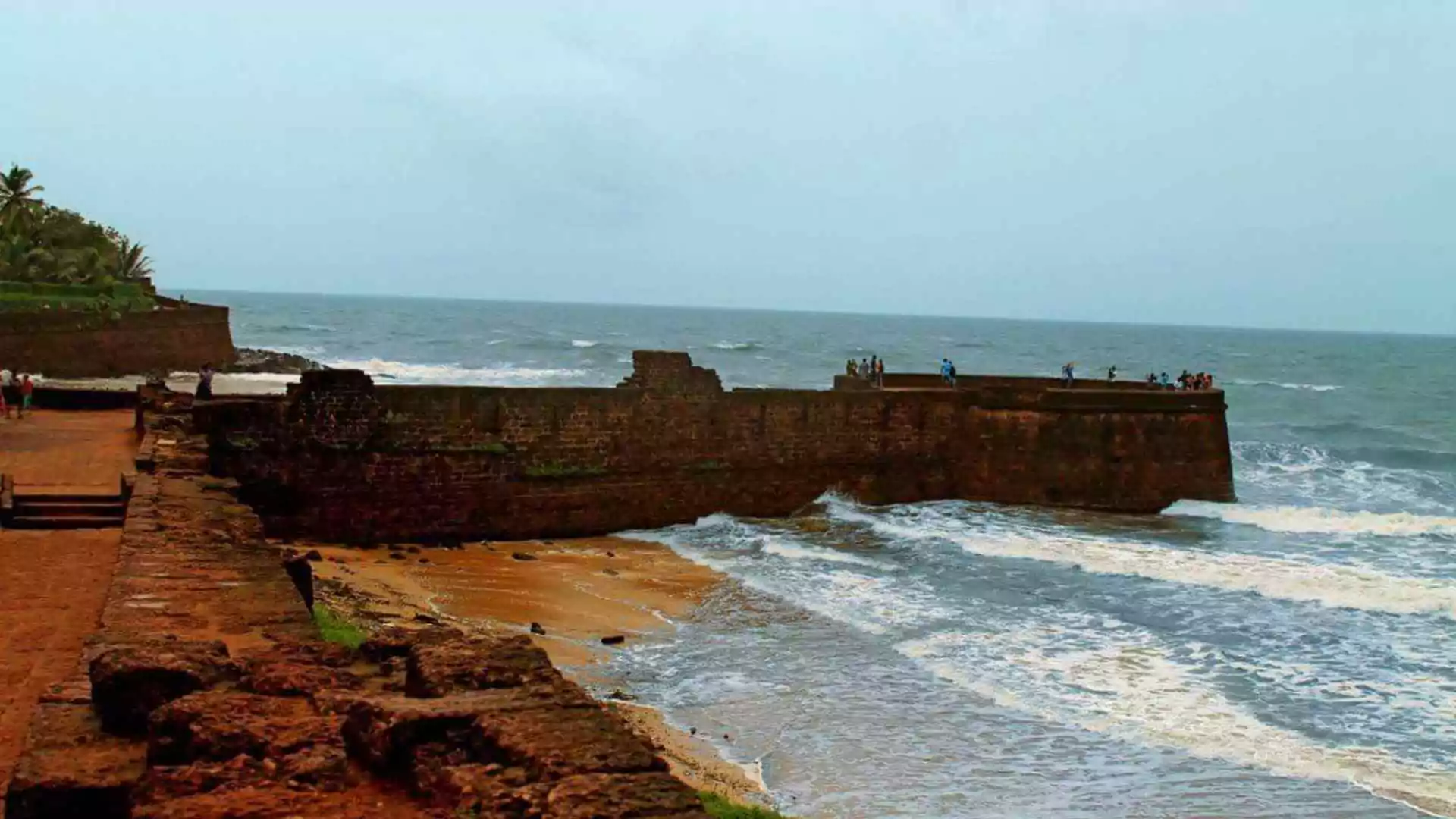In April 2024, NASA scientists conducting an ice-mapping mission in Greenland made an extraordinary find: the remains of Camp Century, a Cold War-era U.S. military base buried beneath Greenland’s thick ice sheet. Using advanced radar technology on a Gulfstream III aircraft, researchers captured clear images of the site, which had been hidden for decades.“We were looking for the bed of the ice, and out pops Camp Century,” said Alex Gardner, a cryospheric scientist at NASA’s Jet Propulsion Laboratory. The radar system, known as Uninhabited Aerial Vehicle Synthetic Aperture Radar (UAVSAR), can penetrate ice layers and produce detailed images of what lies beneath, allowing scientists to visualize structures never seen before.
The Secret Purpose of Camp Century: Project Iceworm
Camp Century, built in 1959 by the U.S. Army Corps of Engineers, was initially presented as a research facility focused on Arctic studies. However, its true purpose was far more covert. The base served as a testing ground for Project Iceworm, a secret plan to store and launch nuclear missiles from tunnels carved into Greenland’s ice.
The project was conceived to give the U.S. a strategic advantage over the Soviet Union during the Cold War. The base envisioned a vast network of tunnels—spanning 3,000 miles with 2,000 missile launch points—capable of launching missiles that could target up to 80% of the Soviet Union and Eastern European sites. However, the project was abandoned in 1967 due to the unstable, shifting ice.
Life at Camp Century: Harsh Conditions and Cutting-Edge Technology
Camp Century operated under extreme conditions, with temperatures plummeting to -70°F (-57°C) and winds reaching over 120 mph (193 kph). Despite these challenges, the base housed between 85 and 200 soldiers and was powered by one of the world’s first portable nuclear reactors, the PM-2A. The base’s complex included 21 tunnels covering over 9,800 feet.
The Environmental Legacy: Hazardous Waste Left Behind
When Camp Century was decommissioned in 1967, its nuclear reactor was removed, but hazardous materials were left behind. Among these materials were 53,000 gallons of diesel fuel, radioactive coolant, and biological waste—hazardous substances now buried beneath the ice.
As global temperatures rise, scientists are increasingly concerned about the melting of Greenland’s ice sheet. According to a study by the Cooperative Institute for Research in Environmental Sciences (CIRES), the ice covering Camp Century could begin to melt as early as 2090, releasing the waste trapped beneath. If the ice transitions from net snowfall to net melt, the buried materials—including low-level radioactive waste and wastewater—could be exposed, posing significant environmental risks.
The Significance of Camp Century: A Cold War Relic and a Climate Concern
While its military origins were shrouded in secrecy, Camp Century also contributed to scientific advancements. Ice cores extracted during the base’s operation provided valuable data on Earth’s ancient climate, revealing that Greenland was once home to lush forests and a diverse ecosystem.
The rediscovery of Camp Century offers a rare glimpse into the engineering feats of the Cold War era. However, it also serves as a reminder of the lasting environmental impact of military operations. The base, which was originally kept secret from Denmark (Greenland’s governing nation), highlights the geopolitical tensions of the time. The full details of Project Iceworm were only declassified in 1997.
A Frozen Legacy: The Lasting Impact of Cold War Military Projects
Camp Century is not only a fascinating historical artifact but also a cautionary tale. As scientists continue to monitor the melting of Greenland’s ice sheet, the base’s existence underscores the long-term environmental risks posed by past military projects. This discovery not only sheds light on Cold War history but also highlights the ongoing challenges we face as a result of decisions made decades ago.
MUST READ: Sukpak’s Remarkable Journey; Flies Nearly 3,676 Km From North Pole To Rajasthan






















